2018 Husky 2Ts: In Perspective
Husqvarna’s Head of Product Marketing, Justin Maxwell, talks design philosophy and the significance of the brand’s all-new, 2018-model, fuel-injected two-strokes.
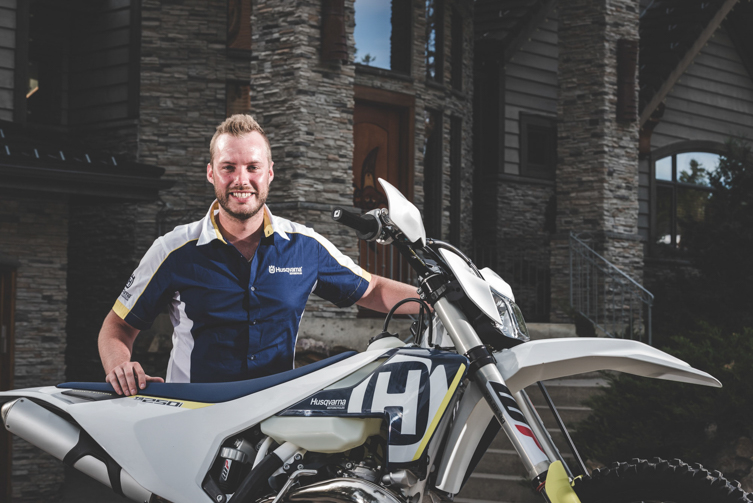
Three years back, Justin Maxwell was working for South Africa’s biggest KTM dealership when he fielded a phone call from Husqvarna HQ, offering him a job. Shortly afterwards, he relocated to Austria and took up a gig as Head of Product Marketing for Husqvarna. In that role, Maxwell is primarily responsible for overseeing Husqvarna’s product development and explaining why various components find their way onto the bikes.
Transmoto’s Andy Wigan sat down with Justin Maxwell at the recent launch for Husky’s all-new, fuel-injected two-strokes in Canada; to get a better handle on the changes made to the brand’s landmark 2018 TE250i and TE300i, and the degree to which Husqvarna and KTM components and settings now differ.

TM: Last year, Husqvarna’s two- and four-stroke enduro models all came in for sweeping upgrades. So how significant are these changes introduced for 2018?
JM: The changes for our 2018-model enduro range have revolved largely around the introduction the fuel-injection technology for the two-strokes. So, while this year’s upgrades may not have been spread across all our enduro models – as they were last year – the introduction of two-stroke fuel injection remains hugely significant. Developing this technology has been at the forefront of our R&D process ever since Husqvarna was brought into the KTM Group in Austria in 2013. Aside from meeting the new emission regulations, fuel injection has also allowed us to make our two-strokes more user-friendly and more convenient from an ownership experience point of view. But at the same time, it was important for us to retain the core characteristics that everyone loved about the bikes in the past.
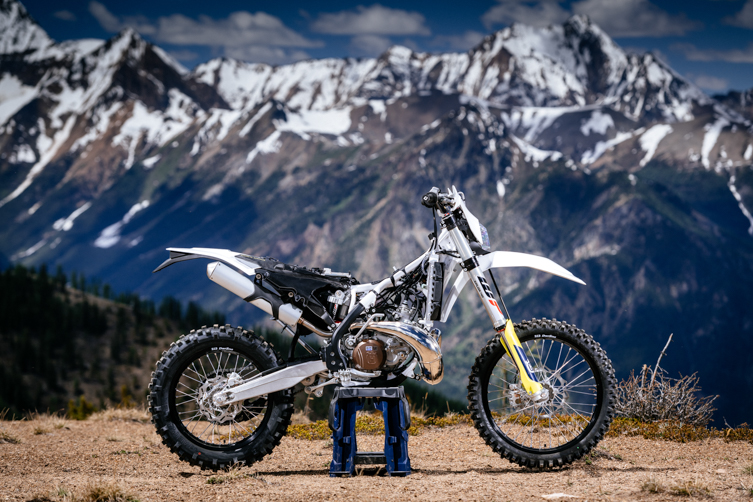
Obviously, the FI technology headlines this year’s upgrades, but Husqvarna’s 2018 range also gets a few other shared mods, right?
They do. Feedback told us that the bikes’ suspension was on the soft side last year, so the 48mm Xplor fork gets the upper stanchion from the motocross bikes and revised valving for 2018. The shock absorbers get a slightly firmer spring (from a 45N/mm to a 48N/mm for the 2018 TE250/300i) to mirror what’s been done with the fork, and to keep the chassis perfectly balanced. Those mods have created more plushness in the fork, and better bottoming resistance at both ends. We’ve also fitted Magura brakes, front and rear. This is the result of two years’ R&D with the Magura guys, meaning they’ve been specifically developed for Husqvarna. To suit the characteristics we were looking for in a good enduro brake, the Magua brakes offer more sensitivity, or feel, and I think we’re really close to the Brembos when it comes to braking force. And now having an interchangeable clutch and brake lever is very convenient. The fuel tank has gone from 10 to 9.25 litres, most of which is a result of the internal fuel pump. Then there’s a few other small things, such the fork guards moving to yellow (they were blue) and upgraded graphics.
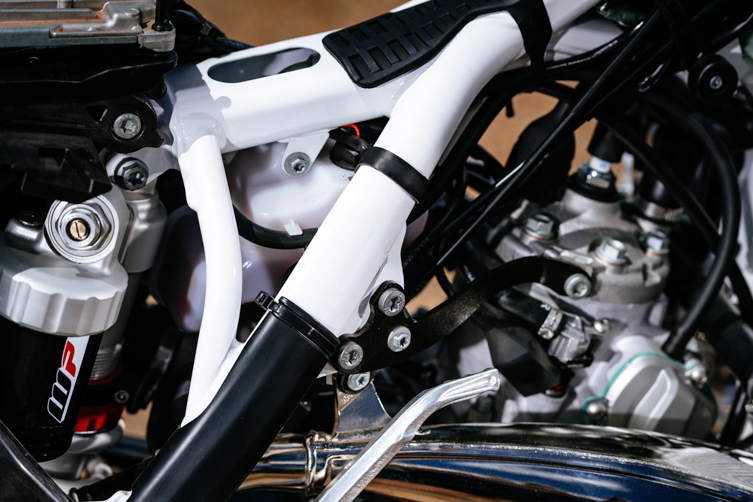
The two-stroke engine project was clearly a major undertaking for the design team, but have these injected two-strokes been pushed into production quicker than you would have liked?
It has been planned for a long time, but it’s certainly been a lot of work. And the huge amount of testing we’ve done with the two-stroke injection technology has helped us take large steps forward. Of course, we’ll continue to develop into the future.
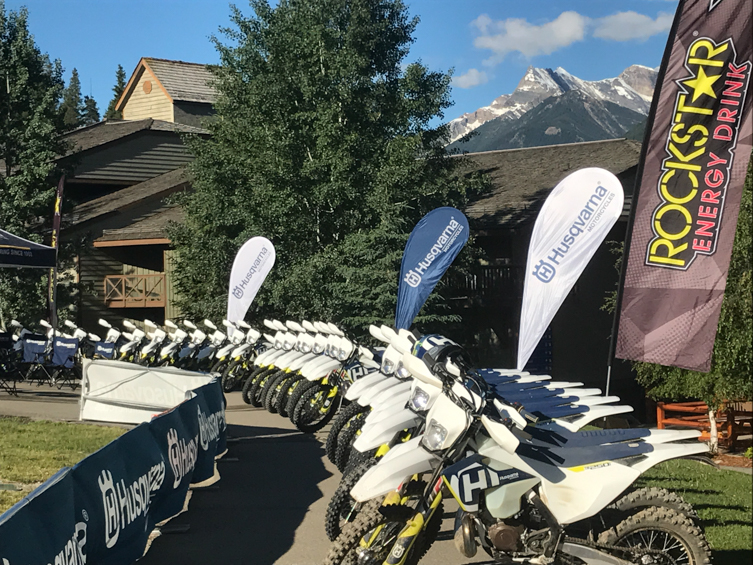
When fuel injection was introduced to four-stroke enduro bikes a few years back, there was a fair bit of scepticism about reliability. Has that changed with the two-strokes? Do people now trust fuel injection more?
You always expect some level of scepticism when any new form of technology is brought out. The EFI-related components – much of which are shared between our four-stroke and two-stroke models – have proven themselves to be very reliable over the past five years on our production four-strokes, so we’re found there is much less of what you refer to as ‘scepticism’ this time around with the two-strokes.
If you read the comments on social media, the largest concerns seems to revolve around what happens if the oil supply to the engine is interrupted. Will it go ‘bang’?
Well, to begin with, there is a warning light on the dash, which will illuminate within one fuel tank of when the 700ml oil tank must be refilled. If there is an issue with the oil pump, the ECU will recognise the fault and implement the rev limiter. However, this occurrence is unlikely.
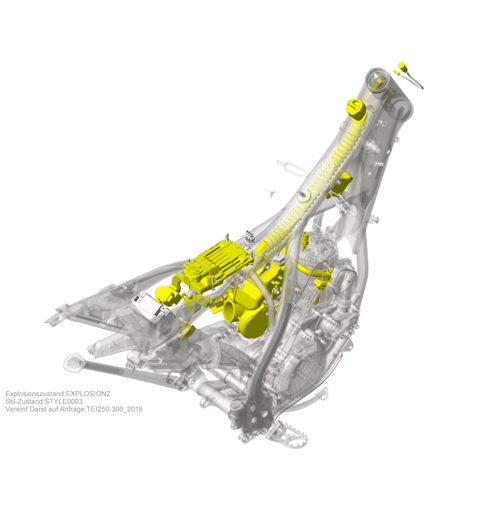
But if a stick, for example, rips the oil line between the pump and throttle body off, the system won’t be able to detect it, right?
Correct. If anything happens ‘downstream’ from the oil tank, the bike won’t be able to detect it, and that could lead to an engine failure. But of course, we’ve done a lot of testing in a multitude of scenarios to ensure the system is safe and reliable. And the location of the oil tank and associated hoses and sensors ensures it is very well protected. Remember also that injecting oil into two-stroke engines is not new. It’s been happening for many years – from many street bikes down to our own 50cc Mini – and the systems are tested and proven.
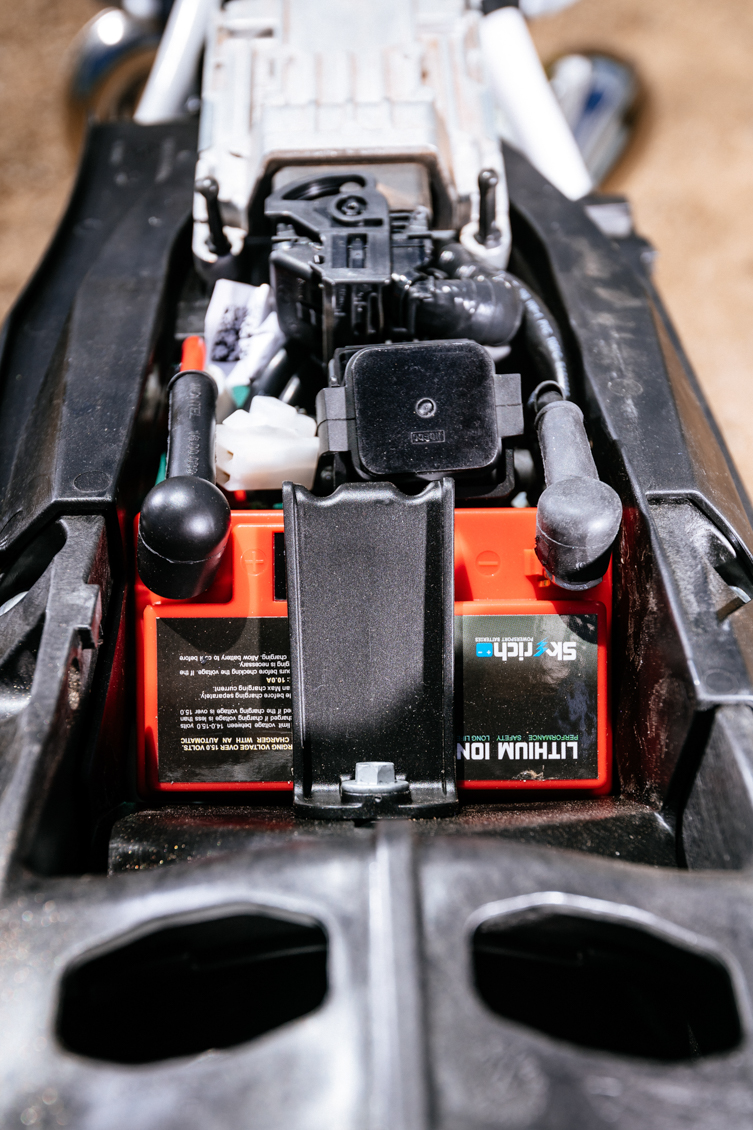
And if the battery is low on charge or dead, will it still be possible to start these injected two-strokes?
Yes. Battery technology has progressed a lot in recent years, and our Lithium-Ion units are now very reliable. Like the four-strokes, if the battery is entirely dead, the bike will not run. But even if the battery is semi-charged, turning the engine over with the kick-start lever – or even bump-starting the bike – will create enough charge to bring the fuel pump and EFI system to life, enabling the engine to start.
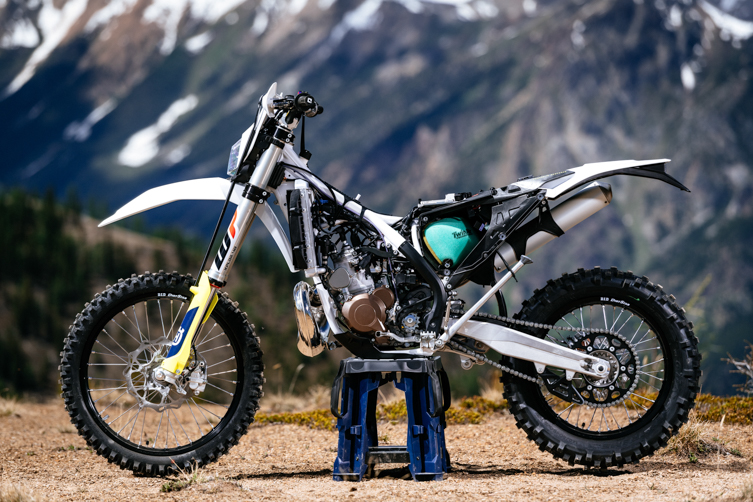
We know that the Husqvarnas’ airbox is slightly different to what’s used on the equivalent-model KTMs, but what about the mapping for these two-strokes?
The mapping is different. But not a lot, because the airbox on our injected two-strokes is much closer to the KTMs’ two-strokes than the airboxes on our large-capacity four-strokes are. So our EFI guys are only minor changes on these two-strokes to ensure their mapping is optimised for the slightly different airbox shapes between the two brands.
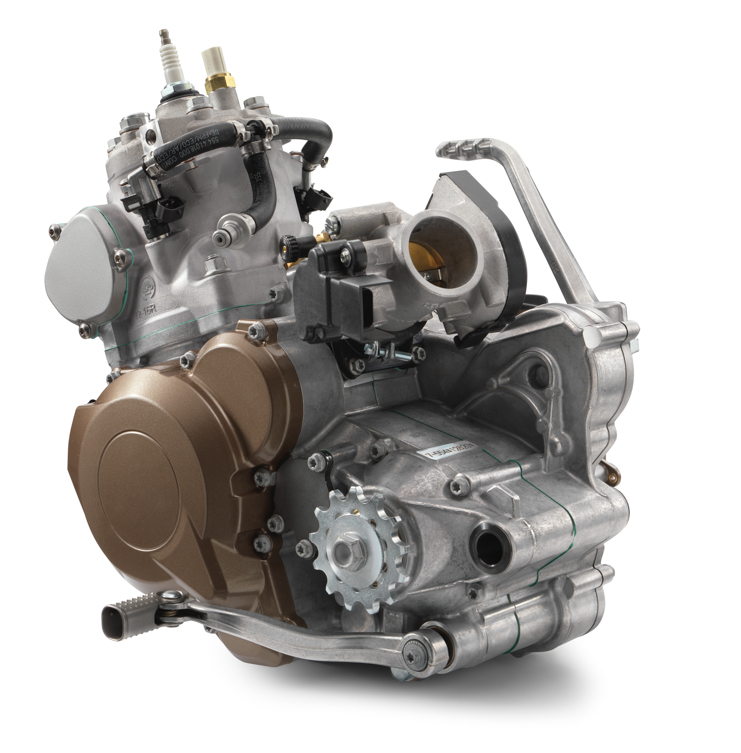
Explain the black plunger on the throttle body.
This is an air bypass screw, which allows a small amount of air to bypass the throttle body’s butterfly. It acts the same as what a choke would in the past on a carb bike. Note that you need to pull it out and then twist it to lock it temporarily in that position. We’ve found that the bikes very rarely require the assistance of this bypass to start.
What about the idle screw near it?
It is possible to change the idle via a flat-blade screw right next to the bypass plunger. If you wind it out to increase the idle speed, that will also let more air through the bypass, which makes the mixture leaner at smaller throttle openings. But from half throttle onwards, when the butterfly is more fully open, that bypass has very little effect on the mixture/mapping.
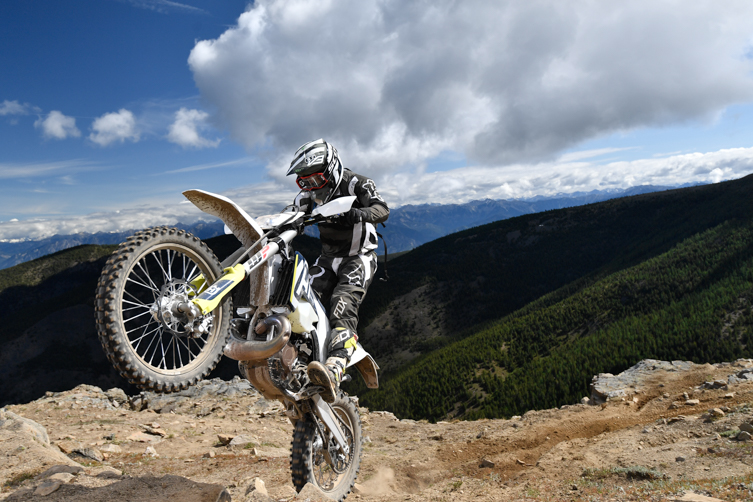
It was a big call for Husqvarna to use a ski resort in Canada for the media launch, where these new injected two-strokes encountered drastic altitude between 1300 to 2700m.
Well, it was a good way for us to demonstrate the capabilities of these fuel-injected two-strokes to recalibrate their mapping for varying altitudes. Remember also that, here in Canada, we were riding the bikes not only at very high altitudes, but drastic changes in elevation as well, which certainly tests the system’s ability to ‘keep up’. The FI system is self-adjusting, but there is a ‘learning time’. And that is why, in some instances when riders were descending very fast, the idle speed took a while to adjust and the bikes would occasionally stall. But bear in mind that this occurred nowhere near as much as a carb bike would at these altitudes.
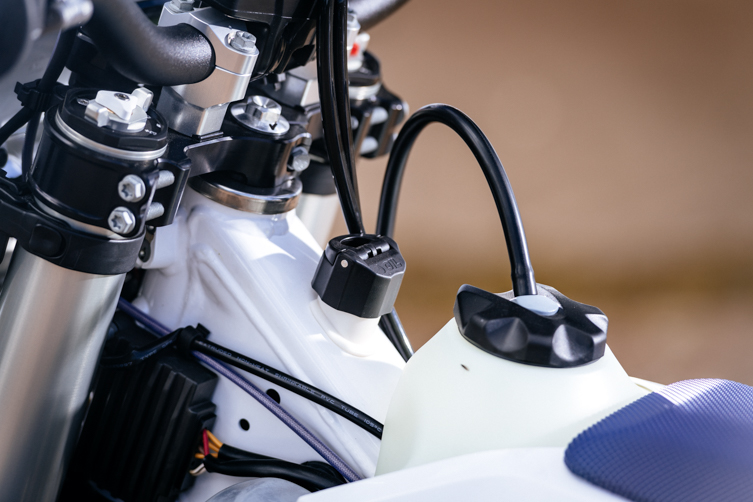
Is there room for refinements in these two-strokes’ mapping between now and when the bikes go into production in October?
We are constantly testing and improving all elements of our bikes, and when it comes to mapping, I think it’s fair to say it is always a work in progress. Obviously, we’ve had the bikes on our dynos at Mattighofen – which is at an altitude of about 450 metres – and found that the peak power produced by injected and carb bikes are very close. The injected engines tend to show an advantage at lower revs, where they’re fuelling perfectly, rather than being too rich. We have no doubt that, with mapping refinements, we will get more power out of the fuel-injected engines.
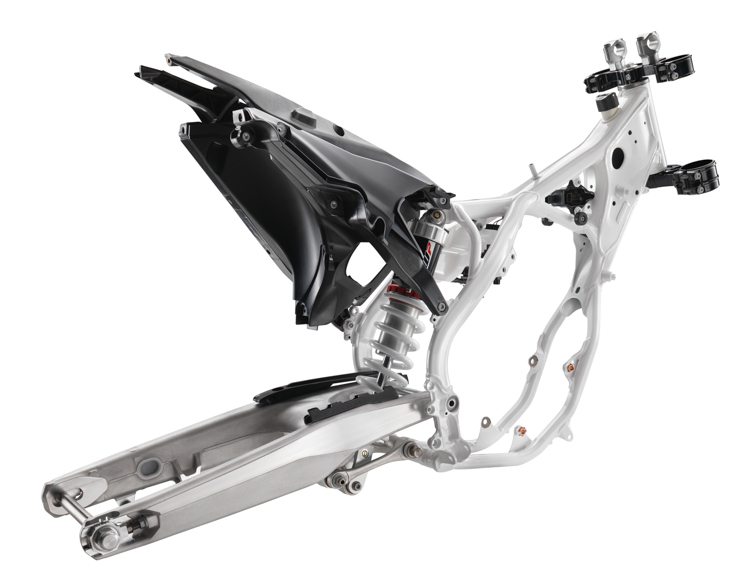
At the launch, the biggest change I noticed with the injected bikes were their ability to chug up hills and over technical terrain at very low revs, without feeling like they wanted to stall. Is that consistent with other tester’s feedback?
Yes. In technical terrain, a two-strokes lightweight is a real advantage. So having the torque to crawl up hills at low revs when you’re beneath the engine’s power-ban, is also a real advantage. And these injected bikes certainly shine in this department.
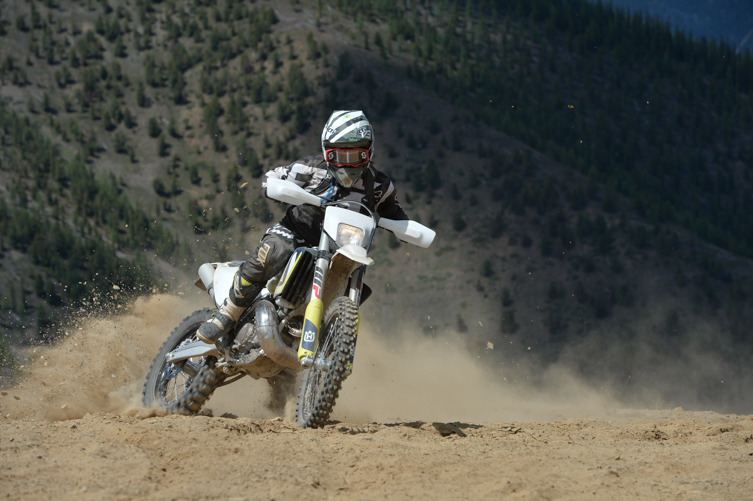
What about when the terrain opens up? Are these new machines less ‘exciting’ than the carb-fed equivalents?
Sometimes, when a bike is smoother and rideable, it might not feel as exciting. But for racers, a stopwatch will often tell them they’re actually going a lot quicker. And for less experienced riders, I think that added usability can only be a positive thing. Again, if I point to the dyno figures, then it would indicate that these new injected bikes are deceptively fast.
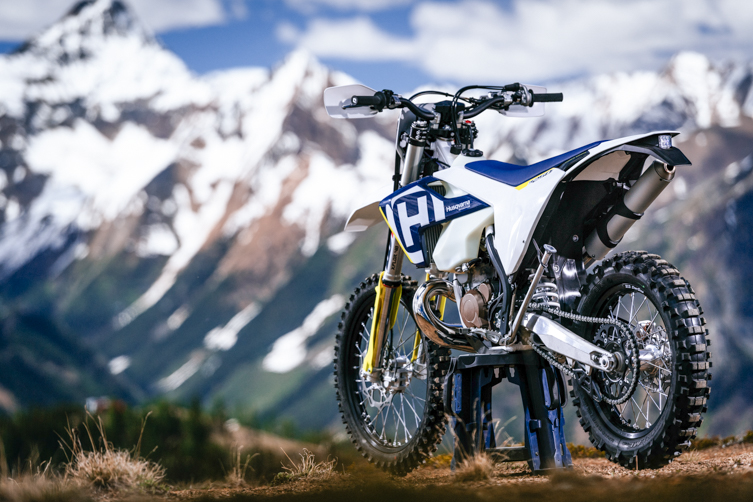
Will consumers be happy to pay a 5% premium at the dealer, which is what Husqvarna HQ is saying these bikes’ price tags, on average, will increase by?
Of course, we hope so. I think the benefits and convenience of these new two-strokes is undeniable, and that they outweigh the price increase. Plus, you could easily argue that you recoup that difference in fuel and oil costs because these bikes use so much less of both. This new technology has really re-engaged a whole lot of riders who thought that two-strokes had seen the top of their development curve long ago, so it’s a very exciting time for us.
More on the 2018 TPI Machines
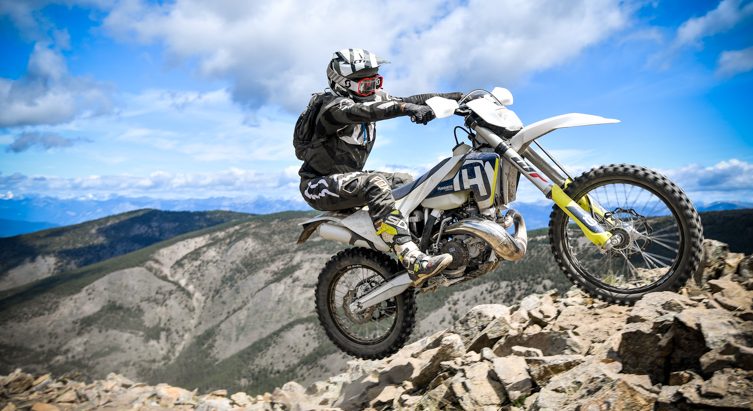
🎥 TESTED: 2018 HUSQVARNA TE250/300I
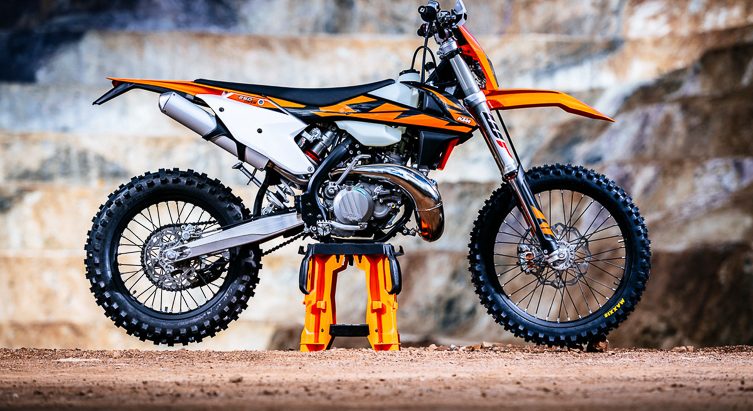
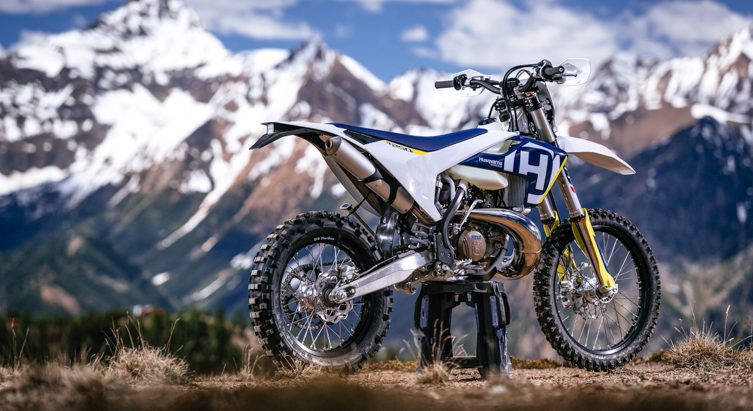


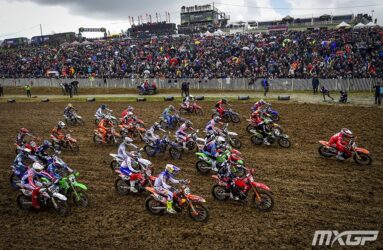





Be the first to comment...